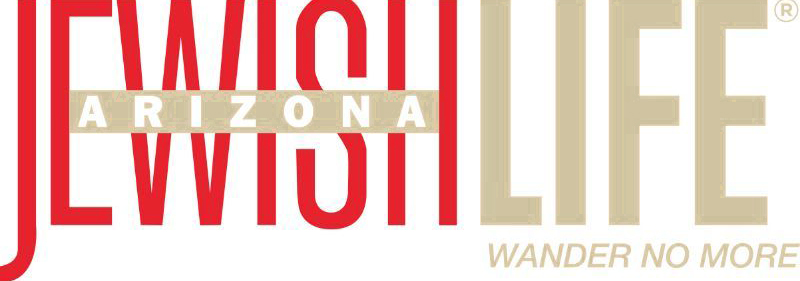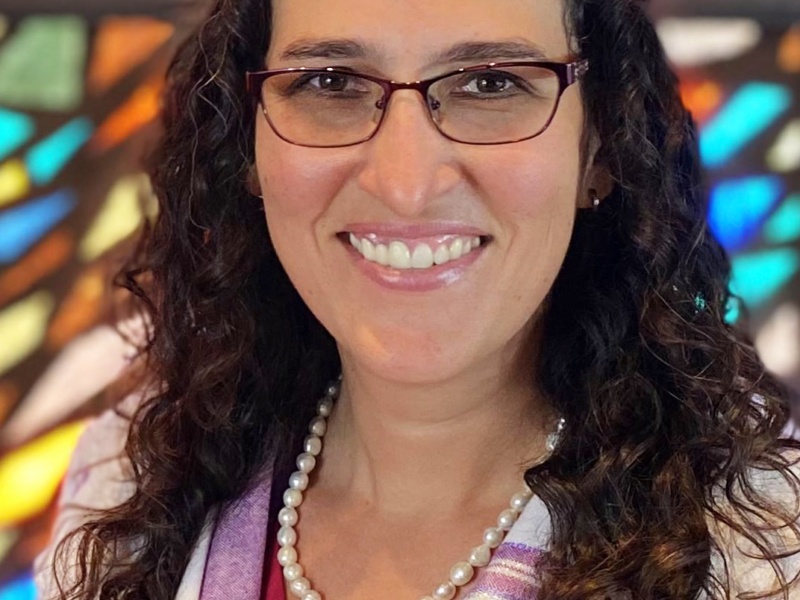If music is the language of the soul, klezmer music is the Yiddish – and possibly the chicken soup – of the Jewish soul. Klezmer music originated with traveling Ashkenazi Jews in the Russian Pale and was intended to mimic the human voice. The clarinet wails, the accordion hums, the violin vibrates through your body. It just feels good. Maybe that’s why klezmer is so often heard at Jewish weddings and bar/bat mitzvahs – the types of happy events that encourage freilachs, joyous dances. And yet, its soulful sounds are also reminiscent of the blues. Typically Jewish: mixing joy and sorrow.
As Jews moved throughout Central and Eastern Europe, the music was influenced by local cultures. There are strong Middle Eastern roots as well as contributions from Romania, Russia and the Ukraine. The clarinet replaced the violin as the major instrument at the end of the 19th century, though the violin is still important. Brass instruments began to appear as well. Since the troupes traveled around, the drums were kept small or similar beats were handled through the percussive sounds of
a hammered dulcimer. Today, saxophones and bass fiddles are often included.
Though much klezmer music was lost during the Holocaust, a strong revival in the late 1970s was a natural outgrowth of the folk music revival. Tied in with a reclaiming of one’s roots, klezmer music made a strong comeback. Among those helping the movement was Itzhak Perlman, who, in 1995, included the top four klezmer bands on his recordings of “In the Fiddler’s House.”
Just as the original klezmer took bits and pieces from the surrounding cultures, so too the “new” klezmer takes bits and pieces from various musical genres. Today’s klezmer includes sounds of jazz, blues, folk, rock, reggae and worldbeat. And the music can vary from one band’s interpretation to another. Locally, the Rural Street Klezmer Band emerged from a music class at Temple Emanuel in Tempe. In 2002 Hebrew High offered an elective to form a klezmer band; then adults were invited to join. Currently all band members are adult members of Temple Emanuel. Chuck Gealer was one of those who picked up his clarinet after many years, and he is now the leader of the band. He considers the band rather traditional, though it does include some swing and jazz as well. The band plays at Temple events, the Arizona Jewish Historical Society, JCC programs and fundraisers and an open mike night at Long Wong’s in Tempe.
“Klezmer is unique to us as Jews and is such a great way to connect to our heritage and history,” Gealer commented. “While the majority of our audiences are older, it’s gratifying to see the younger generations reacting to it so positively as well.” Another member of the band, Stu Seifer, is an architect by day. He hadn’t picked up his beloved 1937 Selmer Balanced Action saxophone since his college days in Detroit, when he and his buddies would play. He was flattered and nervous when asked to join the Temple band. But even though 35 years had passed, he knew it was right. He is now a regular in the band, which has 10 to 11 musicians when full. “I tend a little toward jazz,” Seifer stated. “I love the improvisational times when you can let loose, close your eyes and play what you feel. Klezmer encourages that too.”
The Rural Street Klezmer Band is planning a public show at Temple Emanuel on May 5. Nationally, there are many popular klezmer bands that tour. Both Boston and San Francisco held Jewish music concerts in March, each lasting 10 days. Their playlists included offerings from Theodore Bikel in the Bay area and Itzhak Perlman in Boston. Hitting both coasts were a wide variety of bands like Daniel Kahn & The Painted Bird: American-born, Berlinbased musicians who infuse klezmer with punk rock. Yid Vicious, a raucous klezmer band, makes its home in Madison, WI, where the band has played since 1998. The popular Maxwell Street Klezmer Band has seen many weddings and other events in Chicago since 1983. There’s even a klezmer band at Yale.
Locally, on April 21 The Klezmatics, possibly the best known American klezmer band, will be playing at the Musical Instrument Museum in north Phoenix. The band, consisting of six musicians, began in 1986 and has performed in more than 20 countries. It has won numerous awards and is the only klezmer band to have won a Grammy (Album: “Wonder Wheel,” 2006). The band has partnered not only with traditional klezmer personalities like Perlman and Bikel but has stretched its boundaries to include poets like Allen Ginsberg folk singers such as Arlo Guthrie, pop icons like Neil Sedaka and even “Kosher Gospel African-American Jewish” singer
Joshua Nelson. The Klezmatics believe that the best traditions change and meld with the times, and they want to ensure that klezmer music is here to stay.
Local Klezmer Concerts
April 21: The Klezmatics: MIM,
4725 E, Mayo, Phoenix, mim.org
May 5: The Rural Street
Klezmer Band: Temple
Emanuel, emanueloftempe.org




